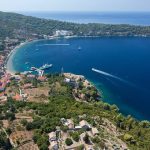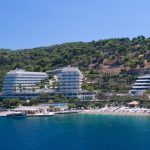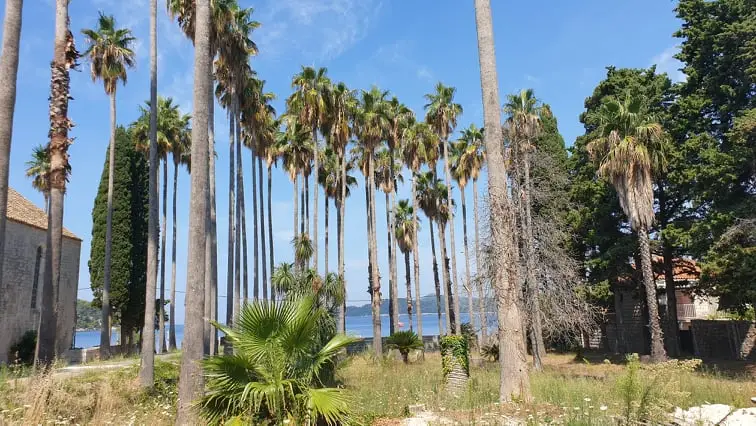
August 15, 2020 – Continuing our look at the secrets of the Elaphiti Islands near Dubrovnik, a visit to Lopud, home to Europe’s tallest palm trees and oldest concrete hotel… with quite a history.
Depending on who you speak to, Croatia has between 1185 and 1246 islands in its pristine Adriatic Sea, but one thing is for sure after 18 years of living here – no two islands are the same, and each has its own speciality and uniqueness. Nowhere was this more evident to me than on my first visit to the islands of Kolocep, Lopud and Sipan near Dubrovnik, the so-called Elaphiti Islands.
Just half an hour by regular ferry from Dubrovnik, these enchanting islands are a world so far away from Dubrovnik that they offer the perfect holiday in Dalmatia – total relaxation on islands without cars (Sipan excepted), and yet a short boat ride away from the hustle and bustle of the UNESCO World Heritage Site that is Dubrovnik. All played a major part in the impressive history of Ragusa, the Dubrovnik Republic, an era where Dubrovnik shipbuilding and trading was globally famous, and whose riches filtered down into opulent stone villas in the city and on the islands.
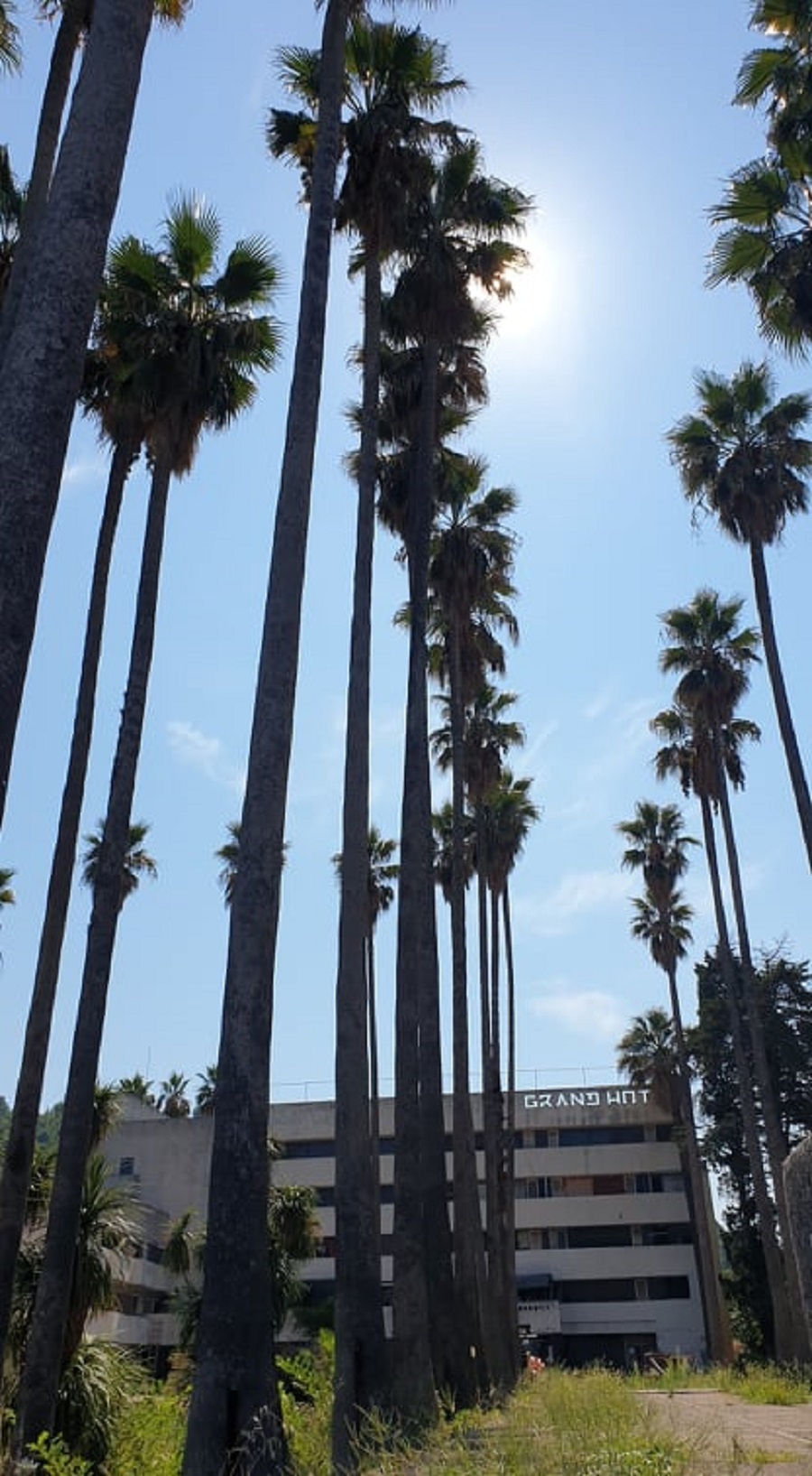
The Lopud waterfront is magical. It has the feel of a civilised Dalmatian fishing town, a place of culture and heritage and yet one of relaxation and informality. Each of its waterfront buildings has several centuries of stories contained therein, but one building truly stood out as we wandered along. For this was a building not of stone, but of concrete, whose gardens were shaded by what is to claimed to be the tallest palm trees in all Europe.
They are certainly tall!
The Grand Hotel, which looked like this in better times, also had a European claim to fame to match the palm trees – it is the oldest concrete hotel in Europe. A curious thing to find on a Dalmatian island, perhaps, but Dalmatian islands are also home to the oldest public theatre in Europe and the birthplace of cricket in Europe outside the UK (wondering what else you don’t know about Croatian islands – here are 25 things to know).
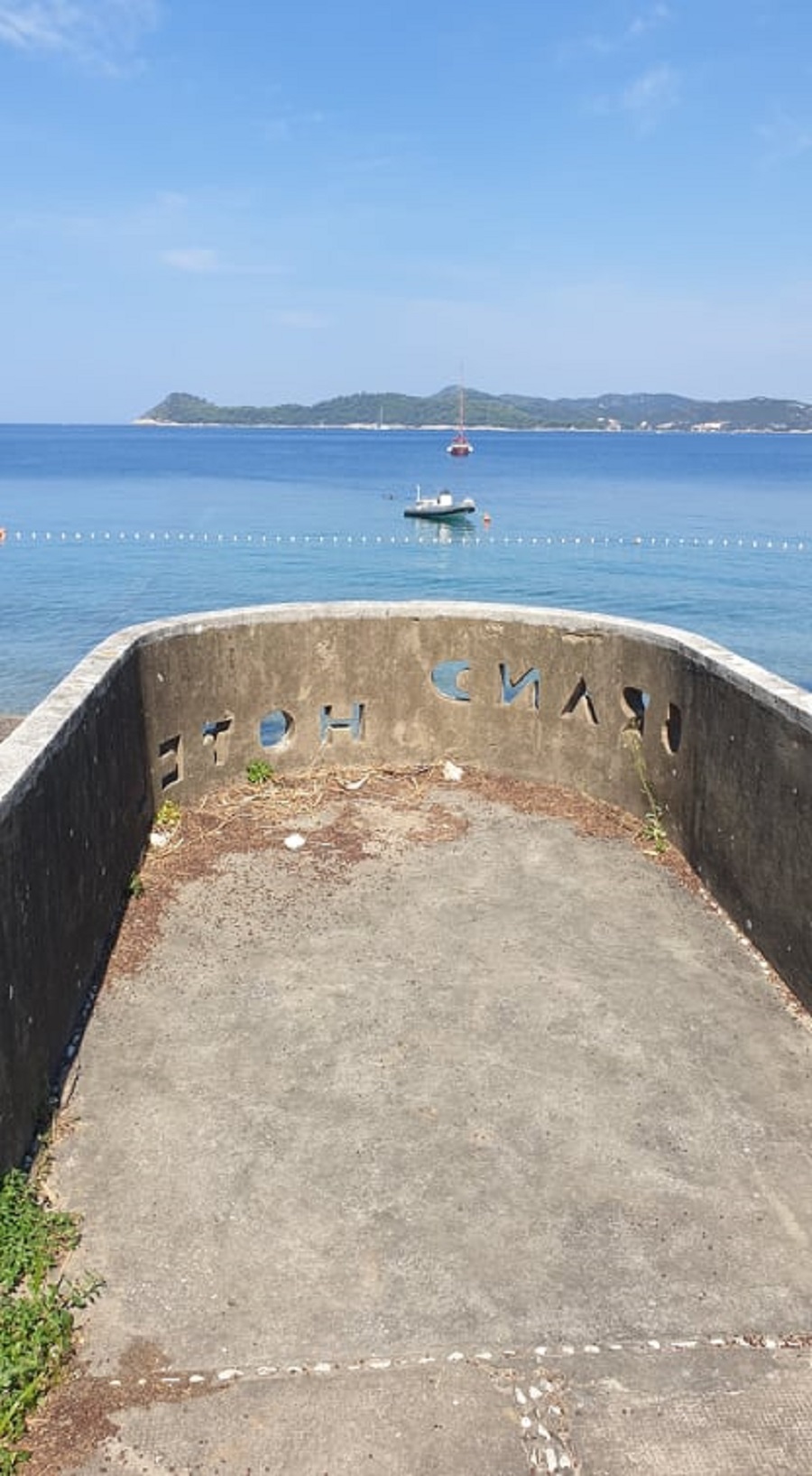
One of the things that I have learned with age in Croatia is that there is always a much better story about a building or attraction when told by a local than told by a guidebook. And so it proved on Lopud. I was introduced to a very handsome man in his late 50s or early 60s, as the man who knew the concrete hotel better than anyone alive. I will call him Mario.
For Mario was a legendary’galeb’, the famous Dalmatian Casanovas who would prey on attractive young female tourists and give them an unforgettable summer experience.
For, it appeared, the Hotel Grand was the biggest galeb playground of all.
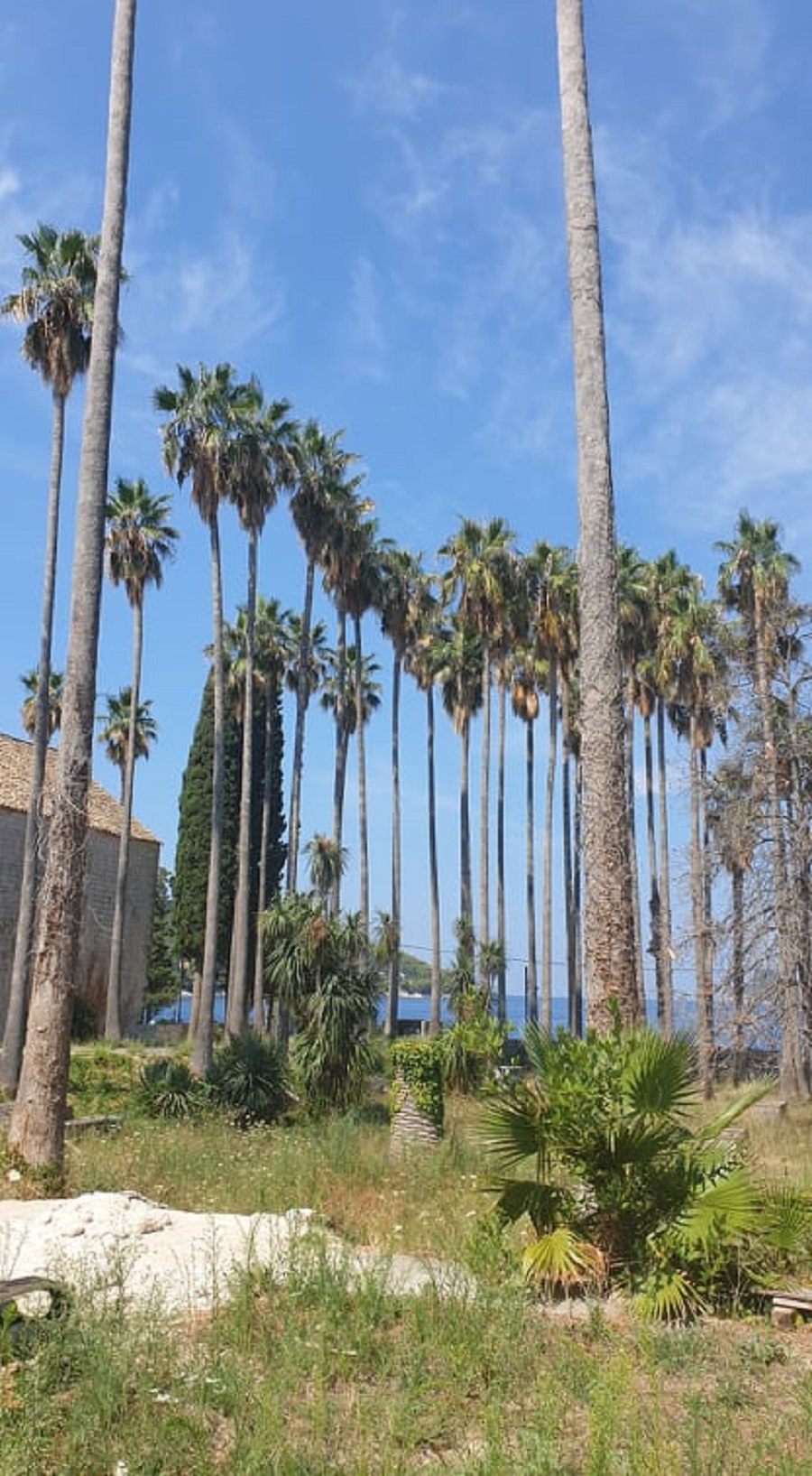
But let’s start at the beginning, back in 1936, when the hotel was opened by its Czech owners after the bold architecture of Nikola Dobrovic, whose reenforced concrete hotel was his crowning work – and also the first concrete hotel in Europe. According to Mario, it was in the shape of a ship from above, complete with a tennis court on the roof, and it looked out to the Adriatic through those impressively tall palm trees, as well as ubiquitous bitter orange trees, for which Dubrovnik is famous.
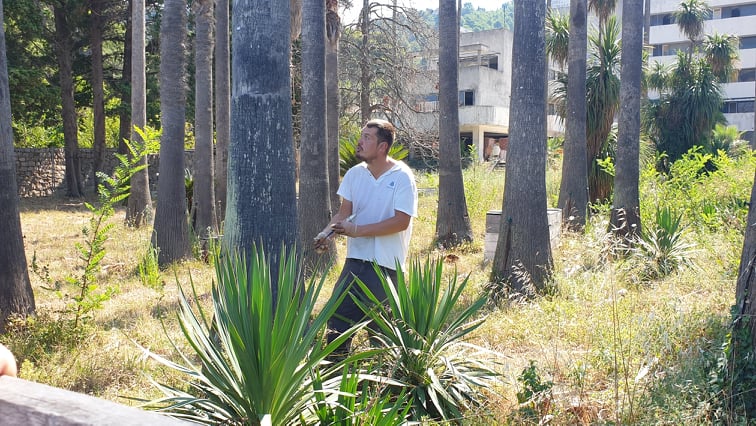
Palm trees which continue to be protected today, as we noticed on our visit, as one worker injected the required chemicals into each tree to enhance their wellbeing.
When the Grand Hotel opened in 1936, it was quite a statement for tourism in the region, and the elite society from Prague flocked to Dalmatia to see what all the fuss was about. Those who were particularly well off even arrived by hydroplane.
Then came the Second World War, an end to tourism temporarily and a new use for the young concrete hotel – an internment camp for the Jews of the Dubrovnik region. Some 600-700 were interned there.
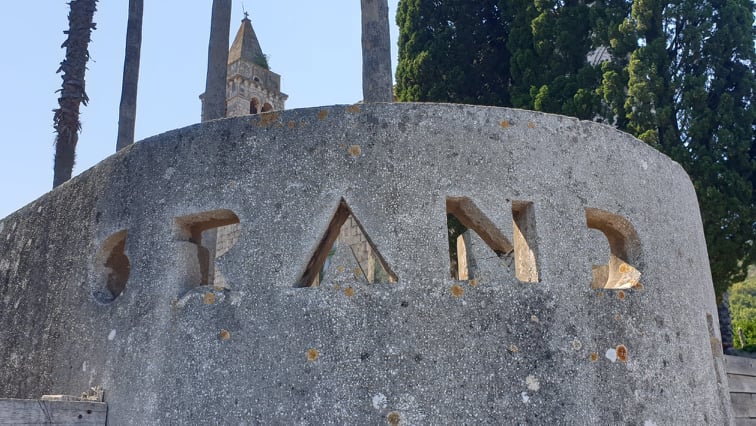
The glory days of this unique concrete hotel were undoubtedly the 1980s before the Homeland War. Life in former Yugoslavia was cheap, life was very liberal, and tourists came to visit knowing they would have a wonderful sun-soaked relaxing vacation at an affordable price.
And there was entertainment. Mario took us on a tour of his old haunting grounds, marvelling at the palm trees today as he had back then. There used to be so many bitter orange trees before, he explained, and the band was here. This was the nightlife of the island, and this is where the action happened. His fellow galebs were competition for the best girls on the night, great friends swapping stories over a morning swim the following day.
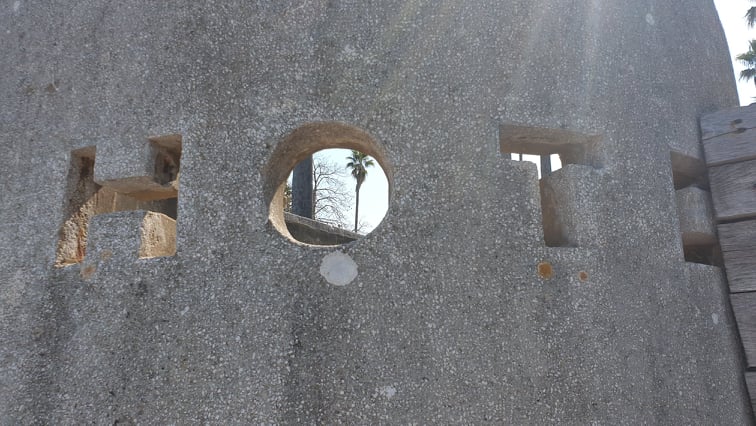
It was a carefree existence brought to an end in 1991 for the same reason as things stopped in 1939 – war.
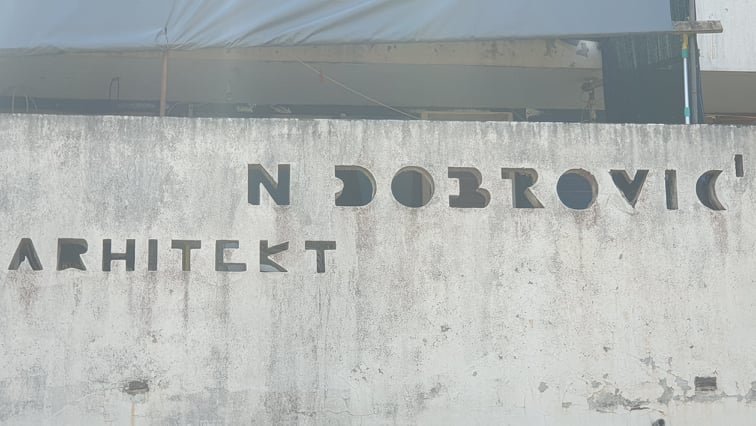
The hotel, whose entrance has its architect’s name carved in concrete, fell into disrepair, a shadow of its illustrious past.

Things might be changing finally, however. Italian investors bought the main hotel on the island, as well as the concrete Grand. Hotel Lafodia is the main accommodation option on Lopud, at the end of the bay, and nearby a concrete villa also designed by Dubrovic.
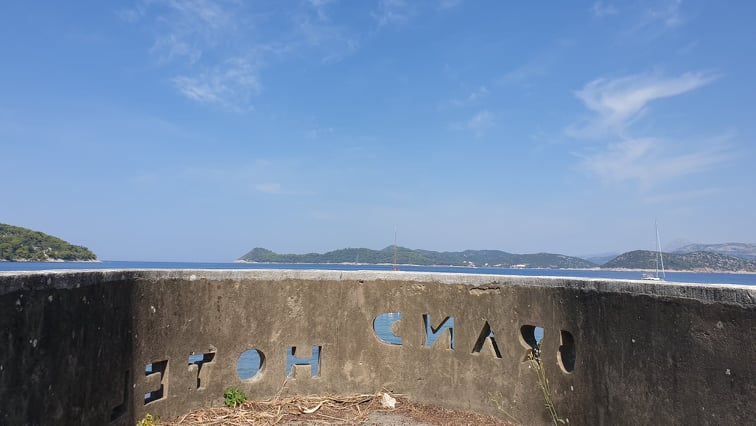
Plans are in place to renovate the famous concrete hotel, reducing the number of original rooms to provide more spacious accommodation for modern needs.
And while we wait, those tall palm trees will continue to sway gentle in the evening breeze, as they observe yet one more of some of the best sunsets in Europe.
Lopud is divine.
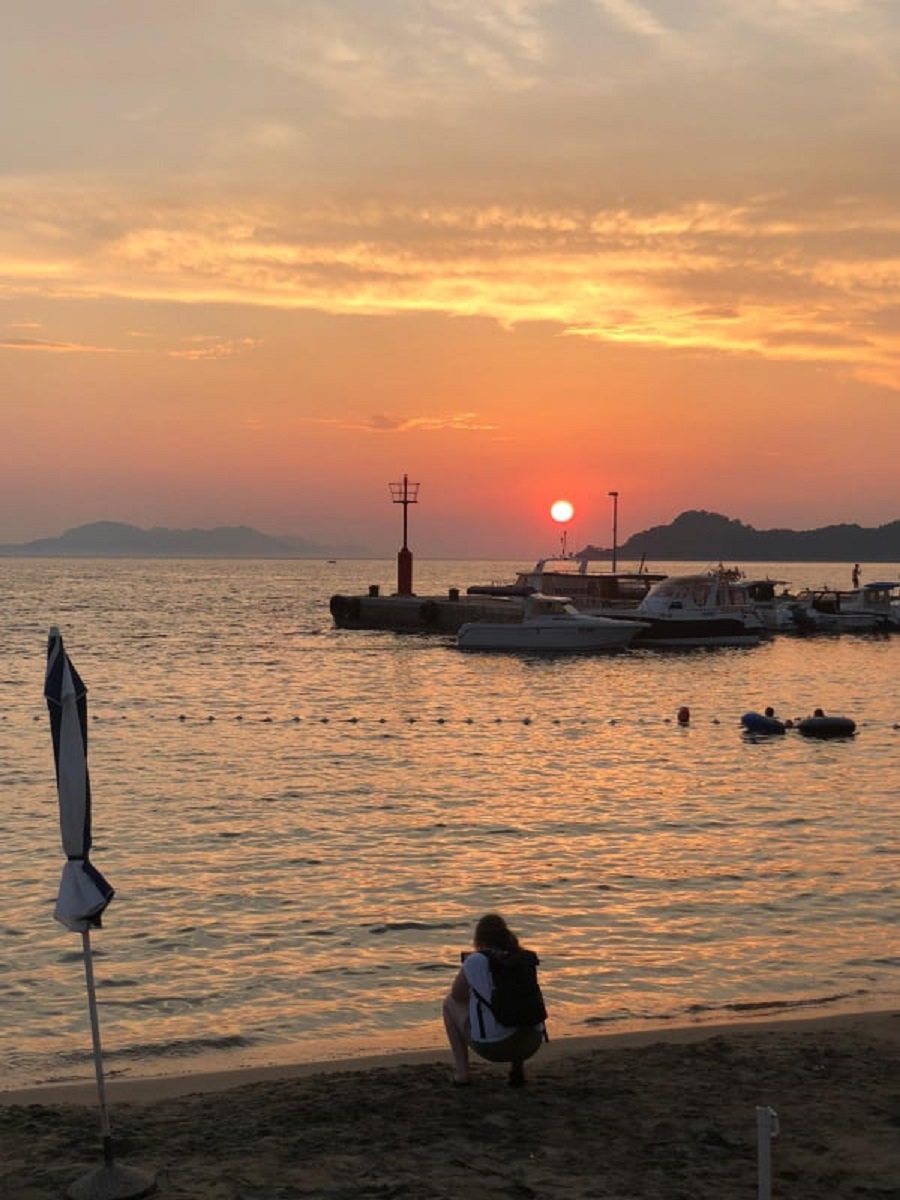
For more about travel in Croatia, visit the dedicated TCN section.

